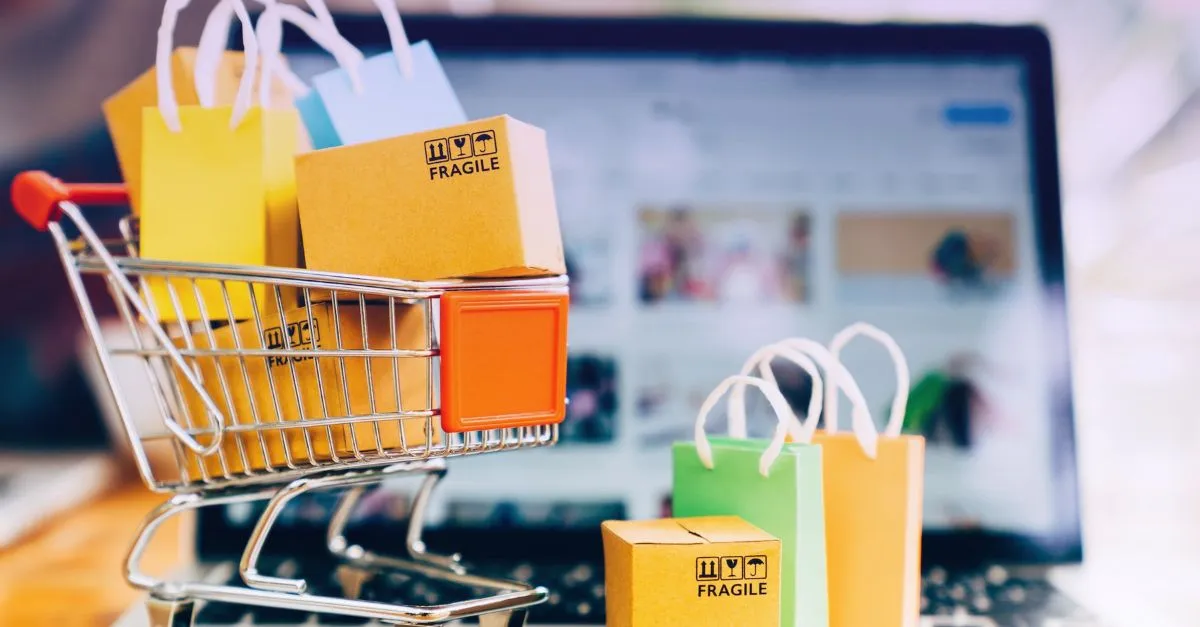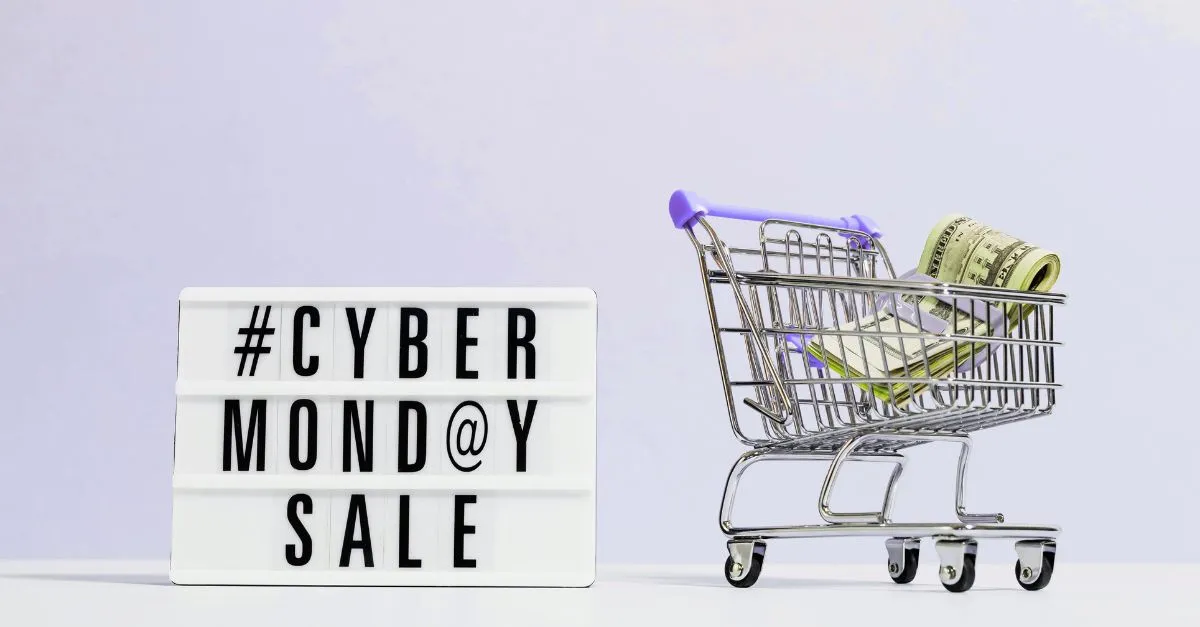Paid isn’t everything: Why organic growth could be your golden ticket

Historically, retail success has come down to one word: location.
If you open your store in a place where there’s high traffic, people will see your store and are more likely to visit, and as a result, you are more likely to grow sales. Sounds pretty simple, right?
So what happens when your store can’t rely on a physical location to get a head start?
Turns out, the online space isn’t so different. Like a brick-and-mortar store, you can spend money on paid advertising to increase traffic. But another type of traffic—called organic search traffic—is equally (if not more) important to your growth.
As it turns out, the e-commerce equivalent to achieving the age-old adage “location, location, location” rests in the hands of your store’s organic search results on search engines like Google.
You might be asking yourself, “This all sounds great...but if I’m scaling a business, why go after organic traffic when I can target my audience through paid advertising and other digital marketing activities?”
Well, organic traffic holds more weight than you might think. Here’s why.
Targeting organic traffic will help you edge out the competition
Given that Google holds 92% of the search engine marketfootnote 1, let’s focus on it. When making purchases online, 89% of would-be customersfootnote 2 use search engines like Google when making a purchasing decision. That means if you’re wanting to stay competitive amongst your peers, you’ll need to target organic traffic so that you rank higher than your competitors in a Google search.
When a potential customer types the product you’re selling in a search engine, you want to appear as close to the top of the page as possible; that’s how you’re going to grow through organic. Just think about it: When you’re searching for a product in Google, how often do you scroll and click on the results on the lower half of the page? Chances are, not too often.
Same goes with your would-be customers. If competitors are ranking above you, customers are likely clicking on them simply because they saw them first. In other words, they’re acquiring customers that could have been your customers.
There are many cases in which you won't be ranked number one on Google. For instance, if a web user types in “buy coffee beans”, it’s more likely local results for a café based on a location will appear. If you want to target coffee buyers that want to order beans to their doorstep, it's more likely you'd want to implement a paid strategy to show up on top.
Improving organic search results is a cost-effective way to deliver long-term results
When you target organic, you’re essentially targeting potential customers that may have never heard of you before. Consider, for example, a paid AdWords ad on Google search. You pay for the click with an expectation that the customer makes a purchase on your site: an immediate, short-term result.
But the goal of organic targeting goes deeper. Perhaps a visitor comes to your site but needs more time before making a purchasing decision. Growing organic traffic ushers these would-be customers back to the site over the medium and long-term, which is especially relevant when it comes to products with a longer path to purchase. Plus, you didn’t pay for those clicks; it’s earned traffic. No cost per click, no cost per conversion, and no cost per impression.
The return on investment when you target organic traffic is often much better in comparison to paid advertising: you can attract quality traffic in huge numbers without any direct costs. If you’re scaling a business with a limited ad spend, this route can be incredibly lucrative.
Targeting organic traffic improves your customer’s user experience
Organizing your site in a way that’s friendly to organic traffic—by implementing SEO best practices, for example—is useful in more ways than one. A favourable side effect of focusing on organic growth is that it results in an overall improvement in the customer’s user experience, ultimately affecting the bottom line.
Since a poor website design can directly factor into your Google rankings—diminishing traffic and sales—it’s important that your store be set up with this in mind. Mobile friendly-ness, usability issues, site architecture, and speed are just a handful of considerations you should be looking at when optimizing for organic growth.
Scale your business by growing your audience organically
While organic isn’t a magic potion to business growth, it’s also not something that should be ignored as part of your full marketing strategy. As long as you have the ability and financial resources to go after a potential source of traffic, you should go for it—and organic is no exception. This valuable traffic is made up of quality leads that are likely to convert.
There are some cases where you may not be able to instantly climb to the top results on Google. That's where you can implement a paid strategy. Just beware, in 2022 ads don't come cheap. Our data suggests that ad spend more than doubled from 2020 to 2021.
To buffer the high costs around your marketing strategy, try mixing both paid and organic together for maximum effect. If you’re worried about the cost, Clearco finances advertising spend, so you can focus on what really matters: growing your business.
Ultimately, search engine targeting isn’t the be-all and end-all. That being said, it’s important that as you scale your business, you continue to fold organic search considerations into your overall growth marketing strategy.



